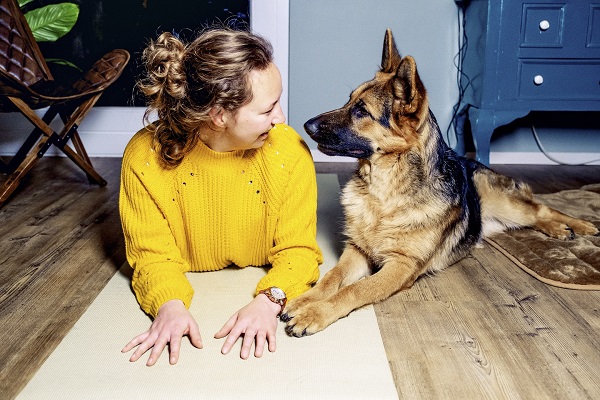
Did you know that having pets has been associated with lower obesity risk and blood pressure and their presence is beneficial for mental health? The rules applied during this pandemic are a testament to that: in France, adopting an animal was listed as a reason to be allowed to leave home during the lockdown; in Spain, walking the dog was permitted while children were not allowed outside; in the UK, walking the dog was accepted as a form of daily exercise.
With so many people confined in their homes, many have decided that now is the perfect time to acquire a furry friend. So much so that many countries are facing a puppy shortage, with breeders’ waiting lists full for the next two years and prices skyrocketing. Unfortunately, many underestimate the ongoing cost of a pet. Let’s have a closer look.
According to a study released in 2012, our French neighbours spend a yearly average of €600 on their cats and €800 on their dogs. The German Animal Welfare Federation estimates the yearly cost for a cat at €1,000 and €1,200 for a dog; in Belgium, pet owners spent €1,500 on their cats and €1,900 on their dogs in 2019. There is no available data for Luxembourg but you have to anticipate regular expenses totalling anything from €40 to more than €100 per month. Recurring purchases include pet food, cat litter, hygiene products, deworming and anti-flea treatments, and so on.
Obviously the budget allocated to your cat or your dog will vary depending on your personal choices, as well as on the health and morphology of your four-legged friend. The choices start with the acquisition: the cost of buying a pet may vary according to whether you prefer having an animal with or without a pedigree. Secondly, you have to budget expenses related to basic items that will amount to minimum €100 but may turn out to be higher if you decide to spoil your pet (ranging from special treats and bedding to any imaginable kind of toy, the choice is near endless).
You have to take your pet to the veterinarian at least once a year (cost: c. €50 per consultation); twice is better than once because clinical care for pets is very expensive, so prevention is key. Vaccinations are required during the first two years of your pet’s life and boosters thereafter. The cost of these range from €50 to €80 (multiplied by two for the first year because there are two injections). Castration and sterilisation are not (always) mandatory but highly recommended if you do not plan to breed and the cost can go up to €450. To cover all or some of the veterinarian costs, you can subscribe to an animal insurance (some insurance companies in Luxembourg offer that kind of coverage but read the small print carefully).
If you own a dog, you have to meet legal obligations that result in additional costs: you have to pay an annual tax (minimum €10 a year, the amount may vary depending of the municipality) and if your dog belongs to a breed considered as potentially dangerous, the requirements include dog training classes and a veterinary certificate with the date of castration.
Last but not least, if you want to travel with your four-legged companion, you have to buy a European pet passport. If not, you have to ask your friends to take care of your pet or take your dog or your cat to a kennel, a flourishing business in Luxembourg. With a daily rate of around €10 for a cat and around €20 for a dog, your three-week vacation without Rex or Mr Whiskers will cost you between €200 and €600!
Find this and similar articles in the lifestyle section of ING Luxembourg's blog www.ing.lu/mymoney.









